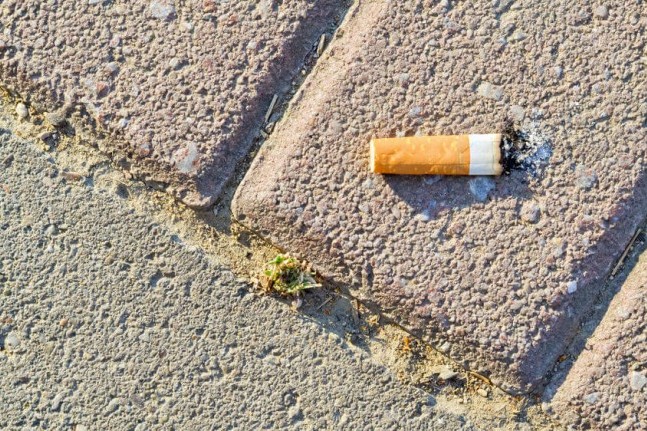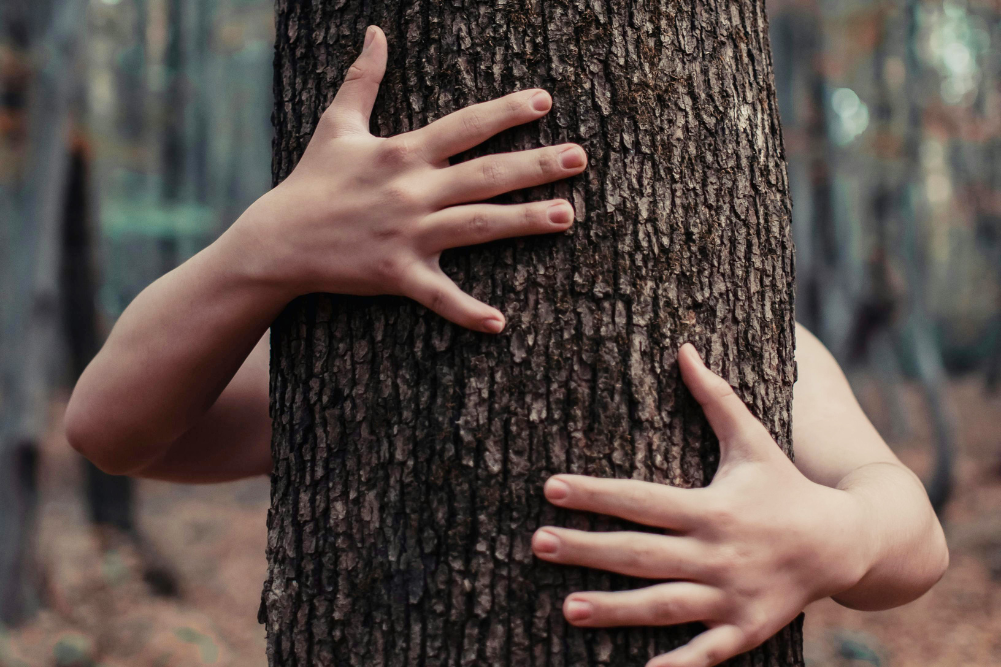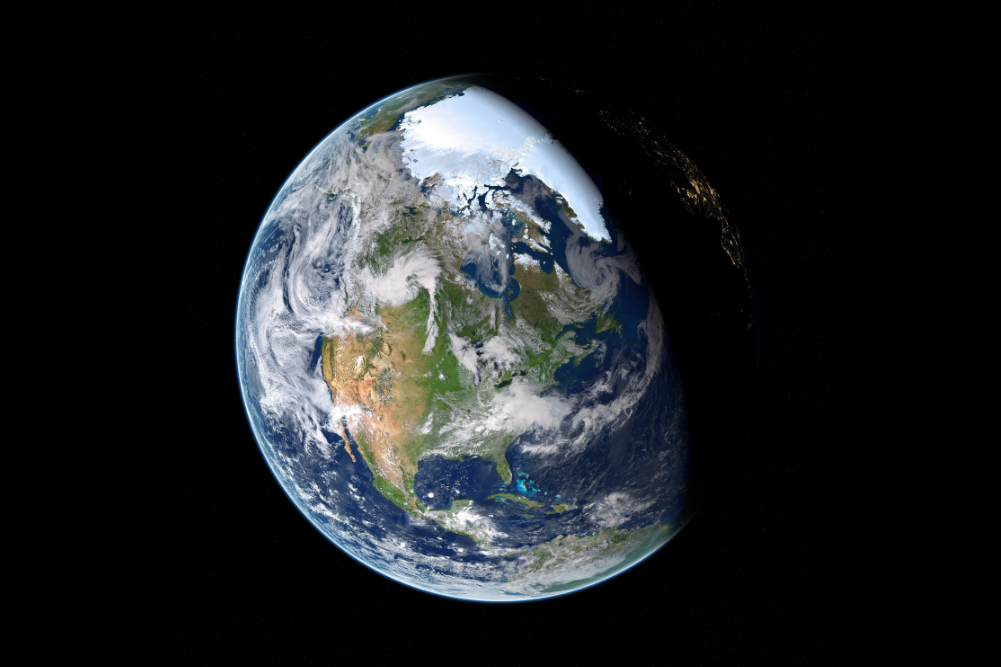How to reduce waste
The current era of wasteful consumption, which is one of the driving forces behind the global economic meltdown, is just as detrimental to the environment as it is to the economic and social wellbeing of communities. There is not only way too much consumption of products that contribute to the global environmental problems we face, but also much too much waste associated with what we consume, including the packaging that comes with most products, the way we waste water and electricity in our homes and the items we discard when we’ve finished with them. It all creates one of the big problems for governments around the world: how to safely dispose of our rubbish.
The USA, Australia and New Zealand are three of the world’s most consumption-driven nations and are, not surprisingly first, second and fourth in the world respectively in the generation of municipal waste, which comprises household and local area waste collected by councils. The USA generates 760kg of municipal waste per person per year, while Australia generates 690kg per person and New Zealand generates 635kg per person, which is the equivalent of throwing out 10 washing machines stacked on top of each other.
Is it really surprising that these countries generate so much domestic waste? The manufacturing of disposable products associated with the supposedly pleasurable things in life has become a global industry in its own right. Just think about all those takeaway food containers, the tissues and napkins, the plastic cutlery and the plastic bags your family might use on a day out. After the takeaway food and drink are consumed, the waste goes straight in the bin with no thought to where the disposables actually go.
Where does domestic waste go?
Domestic waste used to go into thin air (sort of) when it was burnt in incinerators. But the amount of pollution and dangerous gases produced by this practice led to the removal of waste incinerators from most cities and towns some time ago. These days, your waste usually ends up in landfill, hidden from view, on the edge of your city or town.
There is no more graphic illustration of our over-consuming ways than a suburban garbage dump or landfill site bursting at the seams. Piles of stinking, leaching, smoking rubbish sit with little to no chance of breaking down. Although modern landfill sites are designed to be out of sight and have less direct impact on the environment (by capturing the contaminants and gases leaching from the waste), they continue to fill up quite quickly and many cities are now running out of space to house the waste they generate.
Household waste, along with other municipal waste, generally comprises about 30 per cent of the rubbish sent to a dump or landfill site. The other two-thirds of rubbish buried is a mix of commercial, industrial, construction and demolition waste. The domestic and municipal component, for which we are all directly responsible, is broadly made up of the following:
- Food waste (40 per cent)
- Garden waste (15 per cent)
- Recyclable metals, plastics, glass and paper (20 per cent)
- Non-recyclables (25 per cent)
So just under half of the items (recyclables and non-recyclables) sent to landfill don’t “break down” they just sit and accumulate … and accumulate … and accumulate. In a disposable society, it’s no surprise that as population grows and our urban areas sprawl we are running out of places to house our waste. And I haven’t even mentioned the amount of power, resources and pollution involved in manufacturing the disposable products we throw in the bin. What a waste!
Can we do anything about it?
One of the solutions to this major sustainability issue is to reduce the amount of domestic waste being generated. We need to minimise the amount of waste we accept when we shop by simply consuming less. Whatever waste we do generate should be reused or recycled where possible. Adopting this strategy for your home will make you a Triple R (reduce, reuse and recycle) household.
Think again if you doubt that becoming a Triple R household will have much impact on the overall amount of domestic waste generated. Recent figures supplied by the Australian Bureau of Statistics (ABS) show that Australians have started to reuse and recycle in huge numbers, thereby reducing the amount of waste being sent to landfill.
Look closely at the goods you consume; the fewer products you buy, the less packaging you receive.
The reduction was just under 20 per cent between 1996 and 2006, even though waste generation (basically, a measure of consumption) increased by 42 per cent. The reduction was achieved because there was close to a nine-fold increase in the amount of waste sorted and left out for recycling. Households were major contributors to this: the ABS states that, in 1996, 91 per cent of Australian households said they practised some form of waste recycling and/or reuse activity. By 2006, almost all households (99 per cent) reported in that they recycled and/or reused.
An article in The New Zealand Herald in January this year suggested that the city of Auckland achieves about 70 per cent household recycling, though it has been as high as 90 per cent and may get there again because of the introduction of large kerbside recycling bins.
Now, all we need is for everyone to start reducing the amount they consume and the amount of overall waste generated, especially those items associated with disposable products.
How to reduce
Look closely at the goods you consume; the fewer products you buy, the less packaging you receive. And with those products you buy, try to refuse the packaging, whether it be plastic bags at the cash register or the boxes and plastics housing the larger products you buy. At least during the era of over-consumption there has been the ‘get rid of plastic bags’ campaign, which has successfully reduced the amount of non-degradable plastic bags in landfill.
How to reuse
Reusing things has become not only an effective way of keeping perfectly workable products out of the waste stream but also a great hobby and money spinner for those who are into it. Every second-hand item you sell is one less to be manufactured and one less to be disposed of.
Old clothes and household furniture are great reusables, with an increasing number of second-hand shops popping up in cities and towns. And let’s not forget the eBay phenomenon, which has been an effective aid in keeping products in use for much longer than they might have been. Old and damaged clothes can also become great rags and cloths; glass bottles may make great food or drink containers; and spare paper is useful for packing, wrapping or using as note pads.
Here are some of the most popular items competing for attention on the internet and at car boot sales, garage sales, street markets and local charity stores:
- Books, magazines and CDs. How many times do you throw unwanted books and magazines in the recycling or garbage bin? How about putting them in a storage box or crate when you don’t need them any more? When the box is full, sort them and take them down to your local second-hand book and music shops.
- Clothes. Used and vintage clothes have been the mainstay of many a street market and are just as popular on the internet. It’s worth getting into the routine of going through your wardrobe and drawers every six months before each new season arrives and seeing what you might want to repair, give away, swap, sell or even turn into useful rags.
- Computers and printers. There are companies that collect computers and accessories, repair them, install up-to-date software and sell them cheaply or give them to schools and charities.
- Furniture and household items. you don’t need me to tell you how expensive it is to outfit a home. I know people who do the rounds of garage sales and markets with the sole purpose of finding that quirky, but much less expensive, lounge or coffee table to repair or enhance. Don’t hesitate to hold a garage sale if you have an accumulation of goods that don’t work any more; there are many people out there who’ll take old stuff off your hands.
The idea is not to become a hoarder, with boxes and crates of old books, clothes and other once-precious items stuffed into every nook and cranny of the house. Instead, get into a routine of keeping your old things moving on.
How to recycle naturally
Before you recycle, see if you can reuse any of the glass, plastics or metals as containers or other household items. It still takes energy and resources to recycle a product, so it’s more environmentally friendly to reuse if you can.
There are more recycling options available to you than council collections. If you can save and compost most of your food waste for use on your garden you’ll be going a long way to reducing your household garbage to nearly nothing. The bonus will be a healthier, more sustainable garden. In fact, composting can create your own household mini-ecosystem whereby the waste becomes the food for the soil, in which to grow food, which becomes the waste that becomes the food for the soil … and so on.
If you have a backyard, you probably produce enough kitchen waste to form your own garden compost. First, you’ll need to get a bin or bucket with a lid to start storing your kitchen waste. If you need to buy a new one, one of the most popular styles is the Bokashi Bucket, which you buy with a special packet of mixed sawdust and bran (this is the bokashi, which is Japanese for fermented organic matter).
When you start throwing your food wastes into the bucket, sprinkle your scraps with the bokashi mixture, which helps the waste matter to ferment as well as negating smells as the bucket fills up. Various versions are available in most large hardware, plant or eco stores. Or, if you have one, you can simply use a large bucket with a lid and just buy the bokashi mixture to sprinkle on your waste matter.
Once the bucket is full, you can place all the waste content into a hole in the ground; preferably where you want new plants to grow or in several holes where you already have plants. Mix in some soil and let it ferment away for 6-8 weeks and you’ll gradually see your plants flourish.
Alternatively, you can place it in a larger compost container or bin where you can then add some more waste that might have once gone to landfill, such as backyard grass clippings, paper, manure and weeds. Mix these all in, regularly adding water and turning over with a rake or fork for aeration, to eventually create an even larger amount of compost for spreading over your garden soil.
If you are an apartment dweller and don’t have a garden, you can also use your bucket of waste content in a community garden compost. Or you can take it to a relative or friend’s backyard. Worm farming is also an alternative for those who don’t have a backyard. A worm farm can sit quietly on a back porch or even inside the home and produce nutrient-rich worm droppings and juices, without many of the smells associated with compost. The worm farm compost is also great for use on a backyard garden or on balcony pot plants. You can buy a worm farm or box from many local councils.
Top 10 websites
Learn more about waste and recycling by visiting these sites.
- Zero Waste. Tips for becoming a ‘zero waste’ household.
- Recycling. A list of recycling and waste services in your local area via Planet Ark’s Recycling Near You website.
- Reduce Your Rubbish. Tips by the New Zealand government for reducing the amount of household waste you generate, including what you can and can’t recycle.
- Plastics. What do the recycling numbers mean? Information on the plastics you can and can’t recycle in Australia.
- Mobile Phones. Up to 90 per cent of mobile phone materials can be recycled by Mobile Muster.
- PCs. Have your old PC recycled or refurbished for use by others.
- Printer Cartridges. Up to 80 per cent of printer cartridges get sent to landfill. Cartridges 4 Planet Ark is aiming to reduce this number.
- Repairing damaged goods. Hand in your broken down things so they can be fixed and kept in circulation.
- Donate unwanted goods. Support your local Salvos by donating pre-loved clothes, furniture, homewares, books and toys.
- Composting your kitchen waste. Learn more about sustainable composting techniques with Planet Ark’s Easy Composting Guide.








